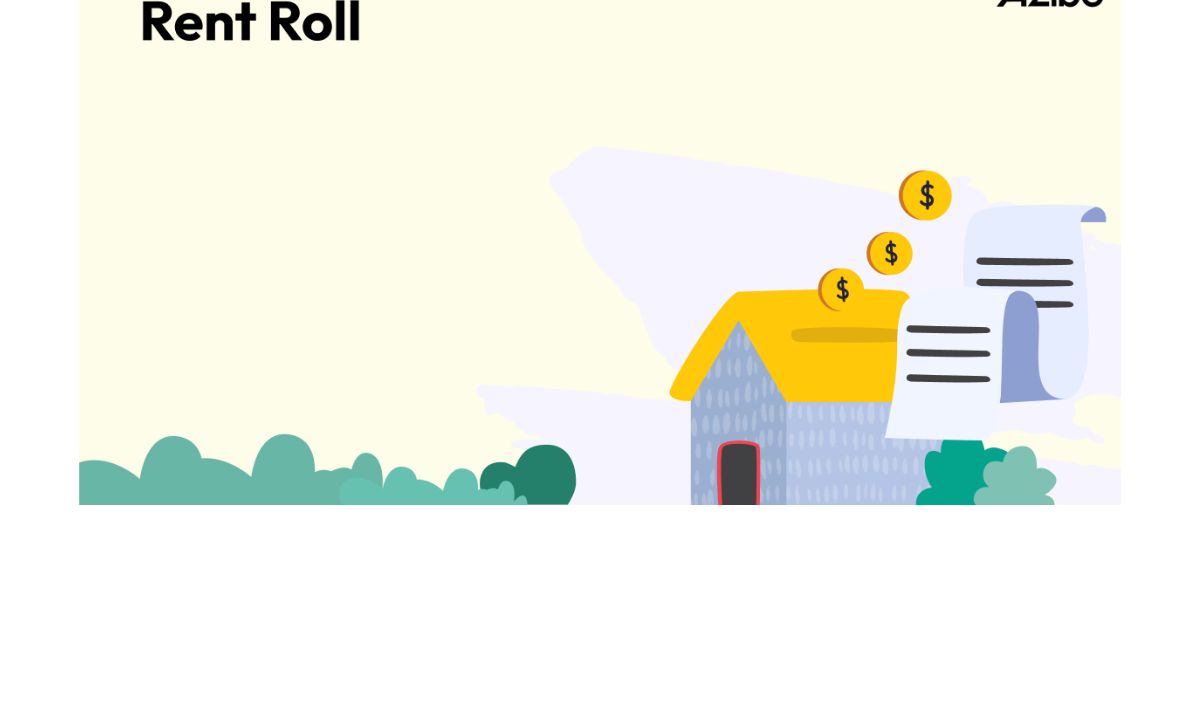What is a Rent Roll?
Rent rolls are one of the most important organizational tools for landlords big and small. But exactly what is a rent roll?
Rent rolls are reports (typically in the form of spreadsheets) that include the basics of every rental property in your portfolio in one neat place. You can easily track all your expected income and more in a single glance.
The great thing about rent rolls is that they are completely customizable. Depending on your needs, you can choose to include or exclude certain elements and aspects to track. If you’re new to the game, there are plenty of templates online, which include every rental unit you manage, the rent charged for each, the lease term, and the lease start and end dates. It could include additional notes specific to each unit, such as its associated fees, security deposits, etc.
Why You Should Have a Rent Roll
If you’ve gotten by this far without a rent roll, you may be thinking that there’s no need for you to start. But as a landlord with a growing business, it may be wise to think again.
Financial Tracking and Planning
Rent rolls are known best for their financial planning capabilities. In addition to the basics (rent, lease information, etc.), rent rolls can also track property expenses, including property taxes, insurance, utilities, maintenance, and repairs.
With this information, you can calculate the NOI—the net operating income—of each property you own. By subtracting the operating expenses from the income generated by the property, you can come up with NOIs for each property, which is important in assessing its profitability. After reviewing a property’s NOI, you may decide to increase rent, renovate, sell, etc., to make the most out of your portfolio. Likewise, your rent roll can track vacancy rates, so if you’re considering decreasing rent prices to attract tenants, your rent roll and NOI can help you find a place to start.
An up-to-date rent roll can also help you track income over time. If you notice any financial trends, you can make projections and better plan for your future.
Rental Income Analysis
Additionally, rent rolls can aid in your rental income analysis efforts. You can easily determine which rentals are doing better than others profit-wise, and depending on what your rent roll contains, you may be able to quickly figure out why.
Do two similar units have starkly different incomes? It’s possible that to maximize your profits, one might need renovations or other changes to it. Rent rolls are great for comparing and contrasting your units in this way.
Tenant Management
Another great use for your rent rolls is tenant management. By including lease terms and other tenant data, you can easily spot trends among your property tenants, such as if someone habitually pays late or if a tenant needs a rental collection reminder.
Rent rolls also show you lease terms, which can be great if you need to contact a few tenants about renewing their leases. You’ll be able to quickly see expiration dates and other deadlines.
Lenders and Partners
If you’re looking for financing, your lender will likely want some physical proof that your business is viable, professional, and successful. With a rent roll, you can show them a snapshot of your rental property and its success.
Lenders may also calculate the NOI using the data provided in your rent roll, so it’s important to keep it organized and current. Your NOI or expected NOI may be used to negotiate your loan amount, interest rate, or other loan terms.
Prospective partners and lenders will also want to see your rent roll for risk assessment. They can see in-depth information about tenancy rates, repairs, upkeep, and income. If a lender likes what they see in your rent roll, they’ll be much more likely to invest in the future of your property.
Conclusion
Rent rolls help you track the past and plan for the future.
So, what better time than now to begin keeping one? If you need a one-stop place to store any and all information concerning your portfolio and its success, then look no further.
ALSO READ: Maximizing Space (6 Top Uses Of Your Renovated Basement)











